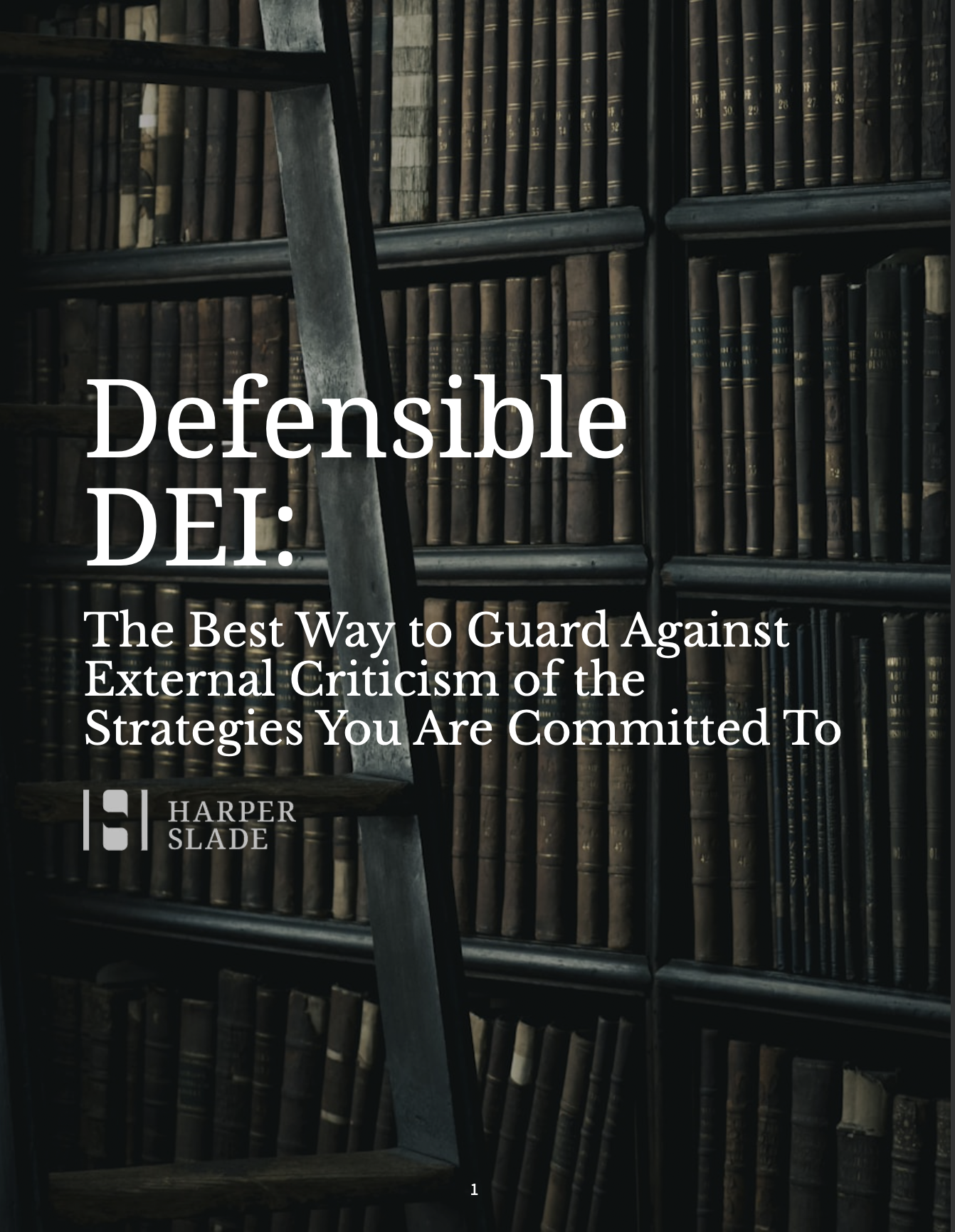In 2045 Minorities Becomes The U.S. Majority
By 2045, there will be no racial majority in the United States. Our workforce is already there. Are your systems and leaders prepared?
Generational & Ideological Shifts
Gen Z already expects values alignment, inclusivity, and equity. They are your future leaders—and they’re already here.
Sustainable Leadership Requires Systemic Change
Institutions are struggling not from bad intentions, but from outdated systems. Inclusion must move from HR programs into operations, leadership, and risk mitigation frameworks. The future of work demands that we upgrade infrastructure—not just messaging.
Our Data-Driven Perspective
Explore the research, macroeconomic trends, and demographic data shaping our methodology.
Voices Shaping the Future of Work
Hear from Harper Slade thought leaders on how organizations can lead with integrity in the face of cultural, generational, and economic shifts.
Sustainable Leadership Requires Systemic ChangeThis can be a daunting task, but you are not alone. We have devised The 2045 Organizational Readiness Framework to help you prepare.
The 2045 Organizational Readiness Framework™
A Strategic Blueprint for Future-Ready, Multicultural, Human-Centered Workplaces:
Purpose:
To equip organizations with the strategy, structure, and soul to thrive in the 2045 reality—where Black and Brown people will be the demographic majority, global talent markets are the norm, and workers expect emotionally intelligent, identity-literate leadership.
This framework is not about performative equity—it is about transformational readiness across every layer of the organization, governed by the belief that future fluency begins with internal truth-telling and cultural courage.
Five Domains of 2045 Organizational Readiness
Each domain represents a foundational area of strategic alignment and internal transformation. Together, they form a comprehensive readiness roadmap. At the center are five core leadership competencies, which serve as the throughline across all domains.
1. Leadership Competency Integration
Are your leaders built for the world they’re being asked to lead?
At the center of the framework are five essential leadership competencies required to steward people and strategy into the 2045 landscape. These are not “soft skills”—they are survival skills for institutional relevance.
The Five Core Competencies:
1. Belief-Informed Empathy
2. Leadership Elasticity
3. Courageous Coherence
4. Difference Fluency
5. Transition-Literate Change Stewardship
2. Structural Equity & Organizational Design
Are your systems, policies, and roles designed for who’s coming next—not who’s been here longest? The goal is to build internal scaffolding that mirrors the realities and needs of a 2045 workforce.
3. Workforce Lifecycle & Talent Experience
Is every touchpoint—from hiring to exiting—engineered for identity safety, mobility, and belonging? The goal is to ensure all employees experience equity, respect, and opportunity across their full lifecycle.
4. Learning, Development & Change/Transition Stewardship
Are your people being prepared to change the world—not just do their jobs? The goal is to create a learning culture that reflects both the urgency and the humanity of transformation accounting for real-time social and cultural shifts at work and the psychological safety required in order to bring about the transformation.
5. Global Market + Talent Positioning
Is your talent strategy ready for both the neighborhood and the world? How comfortable are you leaders in managing, developing and selling to “difference” The Goal is to position your organization to compete for—and keep—top talent in a majority-multicultural, global marketplace.
This framework informs how we deliver solutions to our clients. Check them out here.
The future is here. Don’t get left behind.






